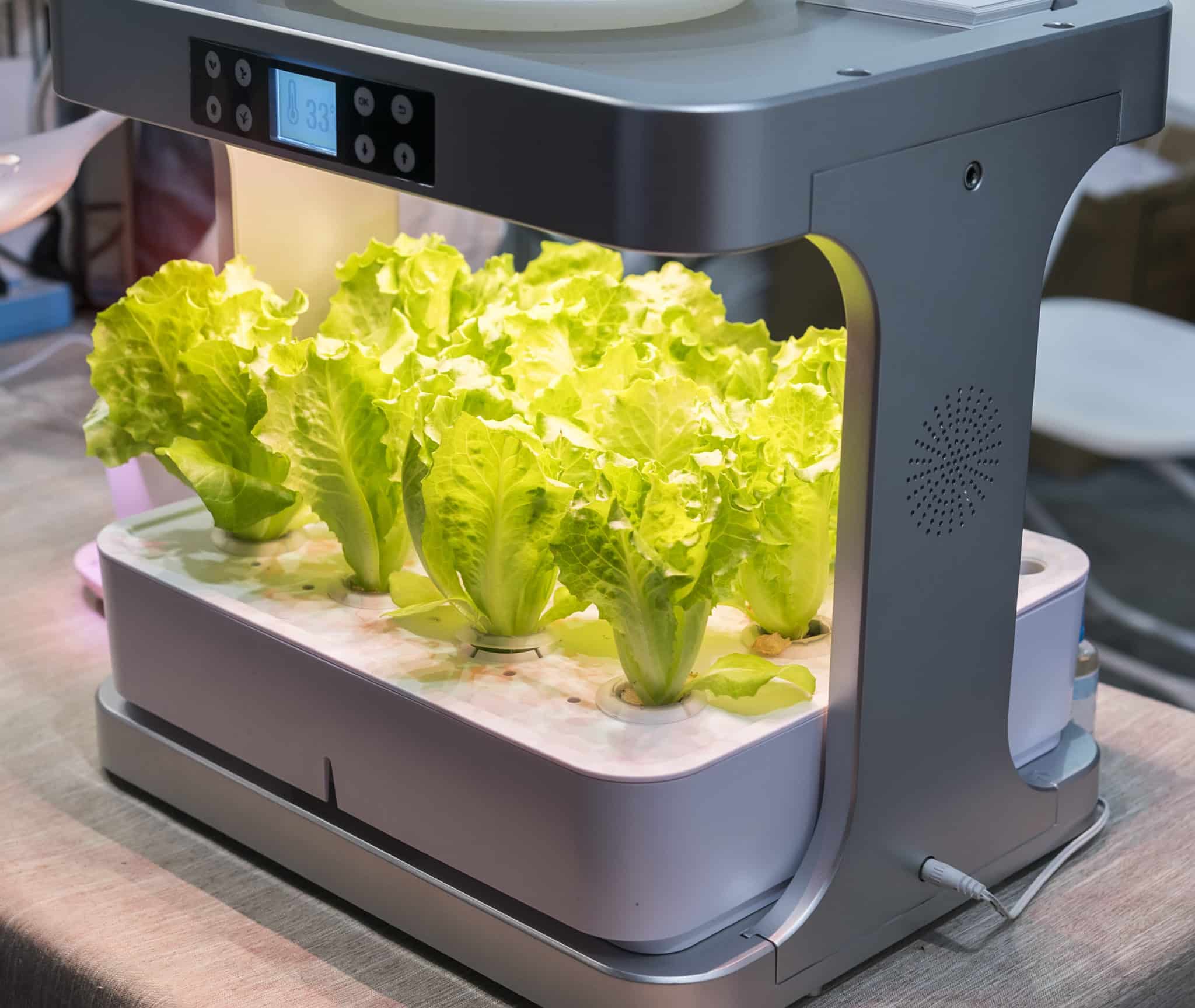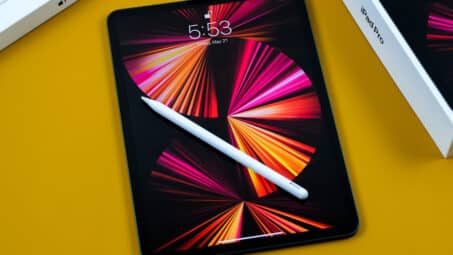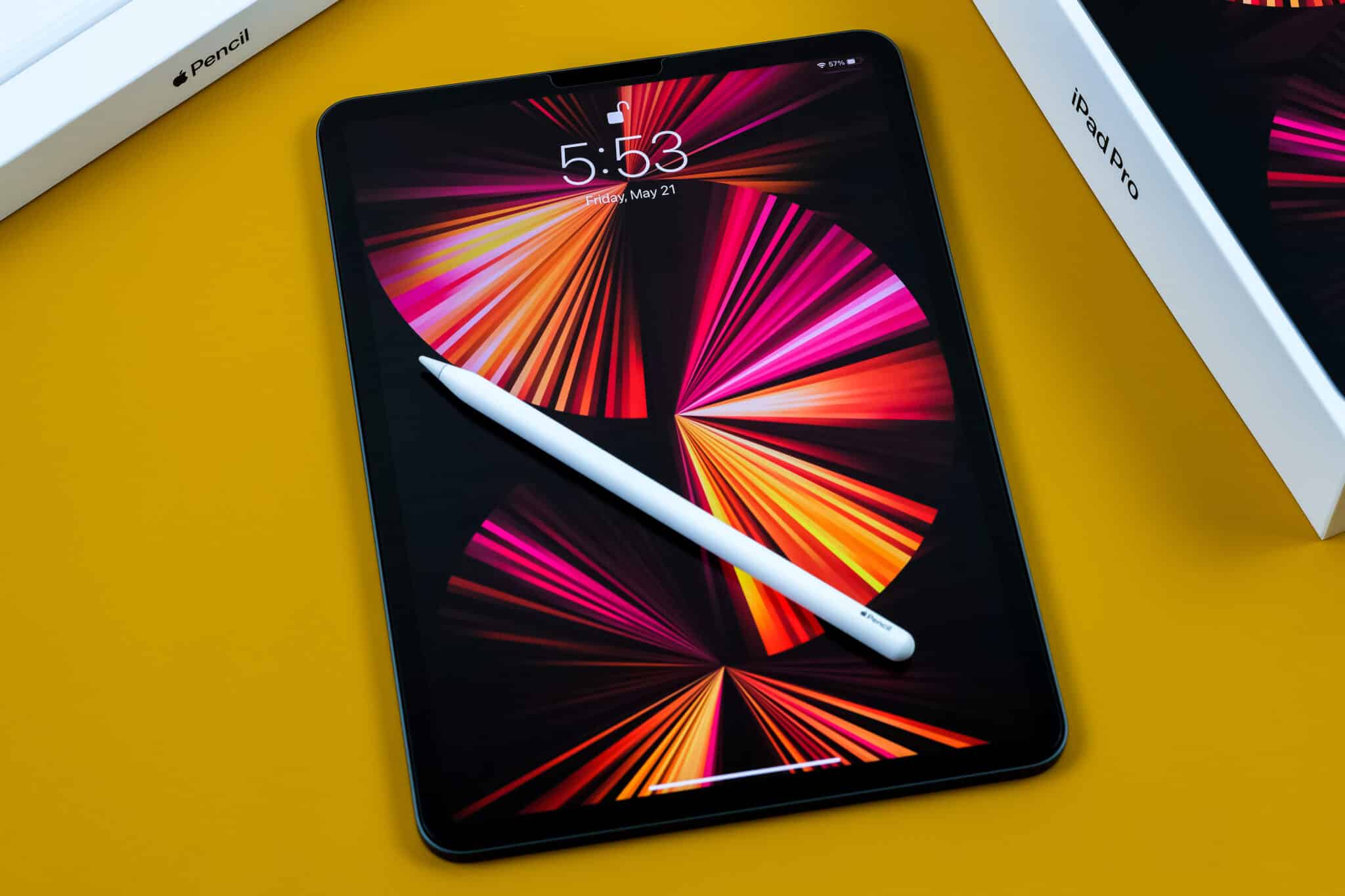Grow lights for indoor plants can make a big difference in the health of your plants. Because it’s not always possible to expose your plants to sunlight while they are indoors, these lights can act as a substitute for the natural sunlight that makes plants happy.
But what exactly are grow lights for indoor plants? How do they work? When should I use them? If you have some of these questions, we’ve got answers below.
When to Use Grow Lights for Indoor Plants
If you have plants that stay indoors all the time, then grow lights can help year-round. They will make sure your plants always get enough of the light they need to thrive.
You may decide that you only want to use grow lights for part of the year for your indoor plants. If so, then using them during the winter months would be best. Because of the shorter days during this time of year, grow lights will help make up for the reduced sunlight.
But if you have outdoor plants, you can still use grow lights to your advantage. For example, if you plant an outdoor garden during the spring, then indoor grow lights are a good way to get your plants started inside first while it’s too cold to put them outside. Then, when the weather warms up and the risk of overnight frost is gone, your healthy plans will be ready to transplant to the garden outside.
Understanding Grow Lights for Indoor Plants
When you keep your plants indoors they don’t always get as much sunlight as they should. Even if you have your plants near a window, they’ll often only get direct sunlight for half the day, depending on the direction the window is facing. You’ll also have seasonal effects to contend with as the daylight hours shorten during the winter months.
Indoor grow lights are a good solution to this problem. These lights come in different styles and illuminate your plants with different types of light. Here are some of your options if you’re thinking about grow lights for indoor plants:
Grow Light Colors
Violet-blue grow lights for indoor plants emit light waves in the range of 400–520 nanometers. This light frequency promotes:
- Growth
- Chlorophyll absorption
- Photosynthesis
Other grow lights for indoor plants emit red light with wavelengths that fall in the range of 610–720 nanometers. Red light encourages your plants to flower and bud.
Full-spectrum white light encompasses all of the light colors for all-around balance. These lights can promote plant health at any stage and they most closely mimic sunlight. However, they do tend to be more expensive than single-color grow lights.
Grow Light Fixtures Versus Bulbs
One of the first decisions you’ll need to make is whether to buy grow light bulbs or special lighting fixtures.
Grow light bulbs fit right into your regular lamps or light fixtures to replace your standard light bulbs. Grow light bulbs are the cheaper option and are easier to install.
Grow light fixtures cost more, but they are a more thorough solution. Grow light fixtures do a better job of lighting up the entire space to cover a large number of plants. If you have a grow room that’s a dedicated space for just your plants, then a light fixture would be a good solution.
Grow Lighting Technology: Incandescent Versus Fluorescent Versus LED
When you’re choosing grow lights for indoor plants, the next thing to consider is the type of lighting. Just like standard lights, there are three main options to choose from and each has different advantages:
- Incandescent lights are the least expensive but have high heat output. One downside is that they are relatively inefficient.
- Fluorescent lights are more expensive than incandescent lights, but they produce lower heat. A big plus is that they are more efficient than incandescent lights.
- LED lights are the most expensive but are the most energy-efficient. LEDs have lower heat output and offer an ideal light spectrum for growing.
Any of these options will work for your plants, and the decision is primarily based on the number of lights you need and your budget.
Try One of These Grow Lights to Boost Your Plant Health
Now that we know the importance of grow lights for indoor plants, we’ll look at a few different options you may want to consider:
Choose Mars Hydro TS 1000 for Full-spectrum Light
A relatively affordable option at $118.99, the Mars Hydro TS 1000 is a popular full-spectrum white grow light fixture.
The Hydro TS 1000 features:
- 150 watts of power
- Full-spectrum white light
- Adequate light for two to four plants
- High-efficiency LEDs
You can also daisy-chain the Hydro TS 1000, which means you connect together as many of them as needed to cover all your plants.
The Yescom 225 Blue LED Panel Promotes Chlorophyll Production
If you want to encourage your plants to grow and produce chlorophyll, then a blue LED panel such as the Yescom 225 Blue LED Grow Light may be a good place to start.
Notable features of the Yescom 225 Blue are:
- 22 watts of power
- 225 blue-light LEDs
- 450nm light wavelength
- 21.5–32.3 square feet of coverage
While a full-spectrum white light is best for all stages of your plant’s life, this blue light panel is worth considering for the early growth stages. And it’s a more affordable option at just $31.79.
Promote Flowering With the Yescom 225 Red LED Grow Light
When your plants are entering the flowering and budding stage, a red panel such as the Yescom 225 Red LED Grow Light could be just what you need.
Key features of the Yescom 225 Red are:
- 16 watts of power
- 225 red-light LEDs
- 660nm light wavelength
- 21.5–32.3 square feet of coverage
Just like the Yescom Blue LED panel, this red light panel is an affordable option at just $28.79. At this price point, you could stretch your budget further if you have many plants.
Indoor Grow Lights Make Plants Happy
Remember the various grow lights for different phases of your plant’s growth:
- Choose a white light for all phases of your plant’s growth cycle
- For lights during the early growth phase, go with a blue grow light
- If you’re looking to promote flowering, a red grow light is your best option
Whether you have plants indoors permanently or you start your outdoor plants inside, a grow light will help make your plants healthy. Hopefully we’ve given you a few ideas on how to use grow lights for your indoor plants.






